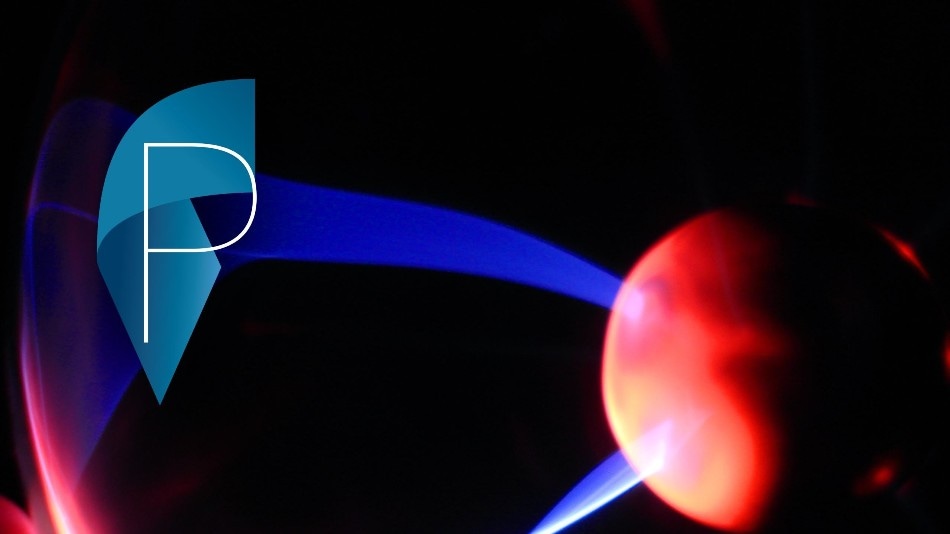Aug 26 2016
Learn about plasma applications from nuclear fusion powering the sun, to making integrated circuits, to generating electricity.
 © CEDE / EPFL 2016
© CEDE / EPFL 2016
This physics course, taught by world-renowned experts in the field, will provide you with an overview of applications in plasma physics. From the study of far distant astrophysical objects over diverse applications in industry, to the ultimate goal of sustainable electricity generation from nuclear fusion.
In the first part of this course, you will learn how nuclear fusion powers our Sun and the stars in the Universe. You will explore the cyclic variation of the Sun’s activity, how plasma flows can generate large-scale magnetic fields, and how these fields can reconnect to release large amounts of energy, manifested for instance by violent eruptions on the Sun.
The second part of this course discusses the key role plasma applications play today in industry and medicine. After a brief survey of the field, you will study in detail how plasmas are generated and sustained in strong electric fields and how this knowledge can be used to avoid undesired occurrence of plasmas in the form of electrical arcs. You will then, in detail, study the transition region between plasma and material surface, called the sheath, and you will learn why its properties are indispensable for the manufacturing of today’s integrated circuits.
Finally, in the third and most extensive part of this course, you will familiarize yourself with the different approaches to fusion energy, the current status, and the necessary steps from present-day experimental devices towards a fusion reactor providing electricity to the grid.
After deriving the general conditions for net energy gain from fusion, we will focus on magnetic confinement fusion. You will learn about the key ingredients of a magnetic fusion reactor, how to confine, heat, and control fusion plasmas at temperatures of 100 million degrees Kelvin, explore the relevant transport mechanisms, and explore the challenges of plasma wall interactions and structural materials.
To enjoy this course on plasma applications, it is recommended to first familiarize yourself with the plasma physics basics taught in Plasma Physics: Introduction.